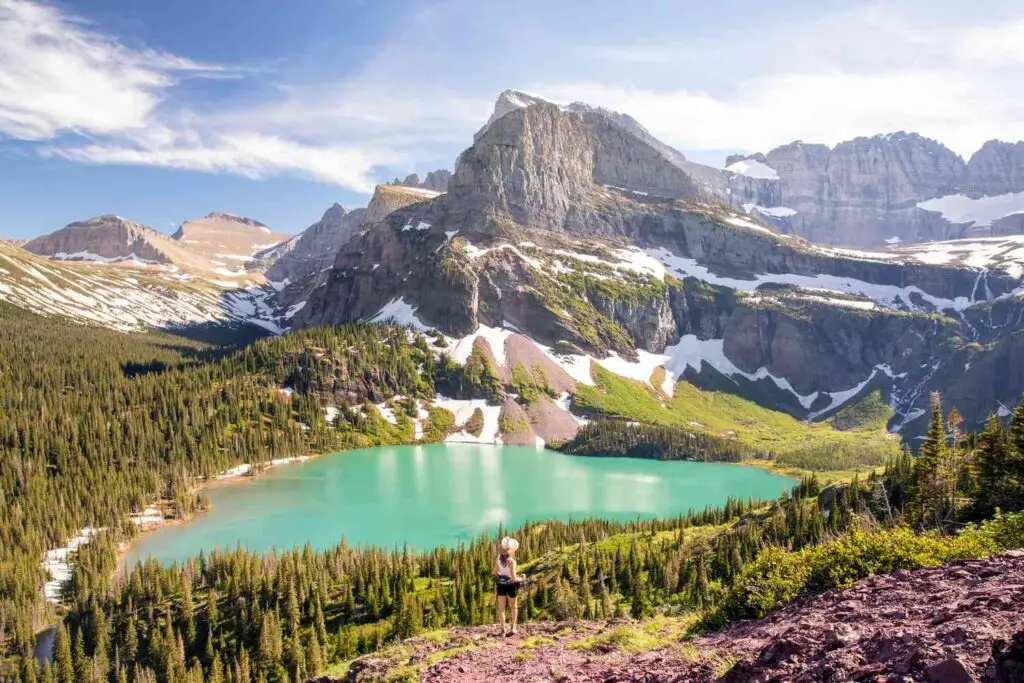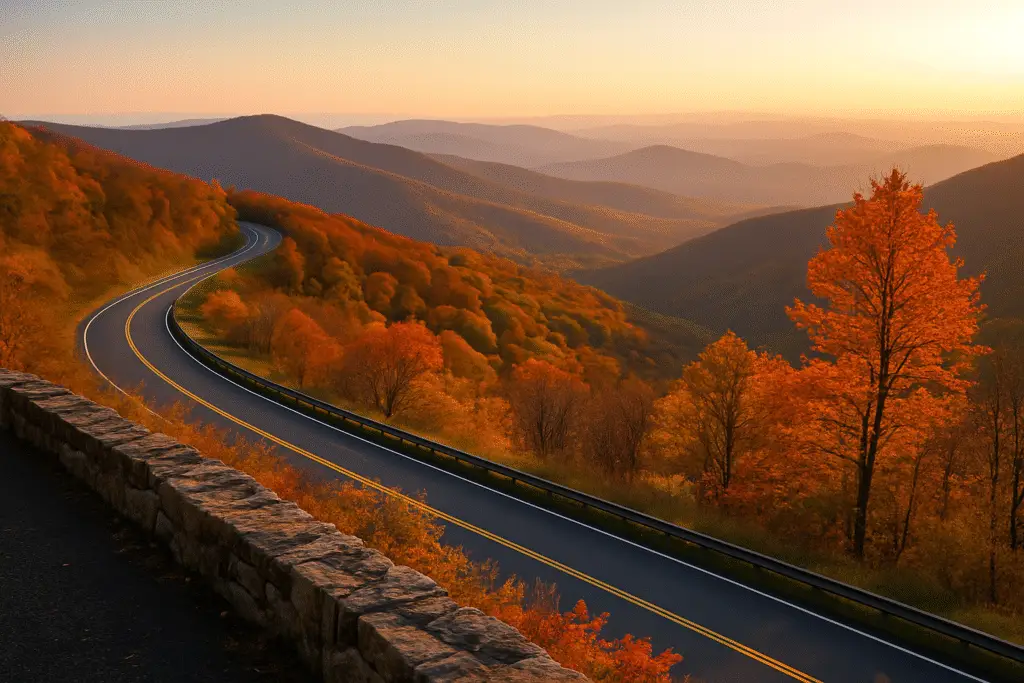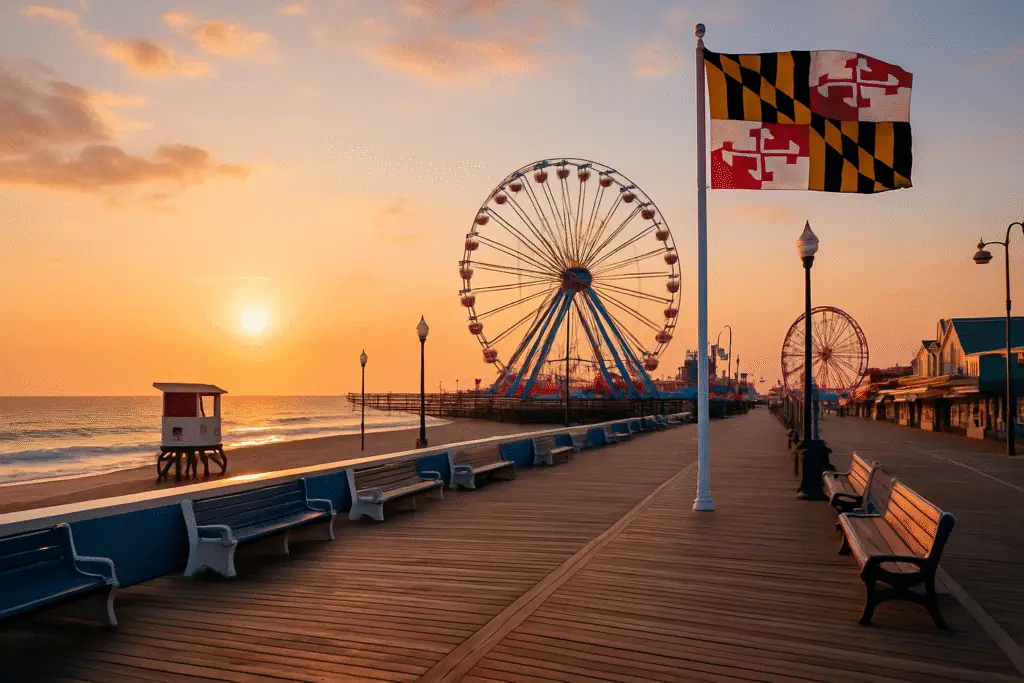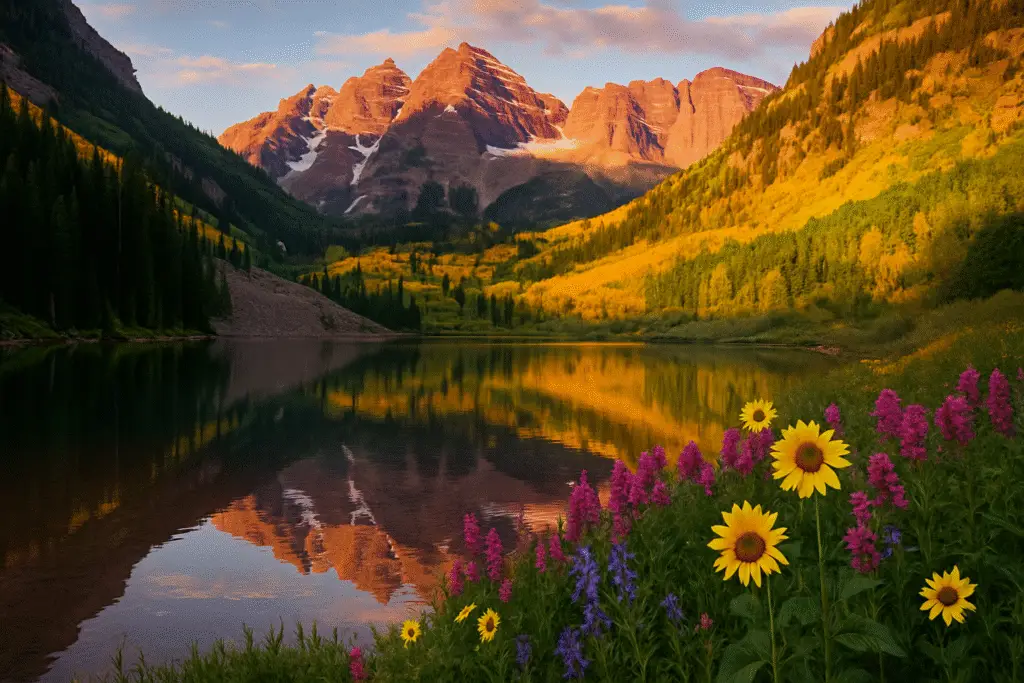Montana Travel Guide: Big Sky Country and the Call of the Wild
The Spirit of Montana
Montana doesn’t whisper—it expands. It’s a place defined by space, where horizons stretch so wide they seem to swallow the sky. Every direction leads to something vast: mountains, rivers, plains, and silence. They call it Big Sky Country for good reason.
For travelers, Montana offers freedom few places can match. It’s adventure without crowds, luxury wrapped in wilderness, and authenticity that can’t be faked. Whether you’re hiking alpine ridges, fly-fishing a clear stream, or simply watching clouds roll across the prairie, Montana slows time.
It’s not just a state—it’s a feeling.
Glacier National Park: The Crown of the Continent
If one destination captures Montana’s essence, it’s Glacier National Park. Nicknamed the “Crown of the Continent,” this million-acre wilderness straddles the U.S.–Canada border and holds some of the most jaw-dropping landscapes on Earth.
The park’s star is the Going-to-the-Sun Road, a 50-mile engineering marvel that twists through alpine passes, hugging cliffs and revealing waterfalls, wildflower meadows, and glacier-carved valleys. Every mile feels cinematic.
Popular stops include Logan Pass, where mountain goats pose like locals, and Hidden Lake Overlook, an easy yet stunning trail. Those willing to lace up boots can trek to Grinnell Glacier or Iceberg Lake, two hikes that deliver Montana’s trademark mix of beauty and challenge.
Glacier’s magic lies not just in scenery but in serenity. Sunrise turns the peaks pink; twilight brings out the wolves’ distant calls. Stay two to three days minimum—this park demands unhurried exploration.
Yellowstone National Park: Fire and Life
Although most of Yellowstone lies in Wyoming, its northern and western entrances belong to Montana—and they offer some of the park’s most accessible experiences.
Enter through Gardiner, the historic gateway where the Roosevelt Arch still welcomes visitors with the words “For the Benefit and Enjoyment of the People.” From here, drive to Mammoth Hot Springs, where terraces of steaming limestone form surreal natural sculptures.
Base yourself in West Yellowstone, an ideal hub for families. You can reach Old Faithful, Grand Prismatic Spring, and wildlife-rich Lamar Valley within an hour’s drive. Bison, elk, bears, and wolves roam freely here; mornings and evenings provide your best chance to see them.
Montana’s proximity to Yellowstone means you can explore geothermal wonders by day and return to cozy mountain towns by night. It’s the perfect blend of wilderness and comfort.
The Beartooth Highway: America’s Greatest Scenic Drive
For pure driving pleasure, nothing tops the Beartooth Highway. Winding between Red Lodge and Cooke City, this route climbs to nearly 11,000 feet, crossing alpine tundra and glacier-fed lakes.
Every switchback reveals a new masterpiece—emerald valleys below, granite peaks above, and snow lingering even in midsummer. Pull over often; the views are impossible to rush.
Summer is the only season to travel it safely, usually late May through September. Pack layers, a camera, and no plans. This drive captures Montana’s essence better than any attraction: untamed, unpredictable, unforgettable.
Flathead Valley and Whitefish: Mountains, Lakes, and Small-Town Charm
In northwest Montana, the Flathead Valley offers everything a traveler could want—clear water, mountain backdrops, and welcoming towns. Flathead Lake, the largest natural freshwater lake west of the Mississippi, stretches for 30 miles of boating, swimming, and kayaking. Its depth and clarity rival the alpine lakes of Switzerland.
Nearby, Whitefish has become one of the state’s most beloved destinations. It’s a small town with big character—local breweries, boutique shops, and a lively summer farmers’ market. In winter, Whitefish Mountain Resort delivers powder skiing with views of Glacier’s peaks.
For those seeking balance between nature and comfort, the Flathead region is ideal. You can spend the day hiking or paddling and finish with dinner on a lakeside patio watching alpenglow fade across the horizon.
Missoula: Culture in the Mountains
Montana isn’t just wilderness—it has personality. Missoula, a college town framed by three rivers, mixes outdoor energy with cultural flair.
Here, you’ll find craft breweries, art galleries, and live music echoing from riverside parks. The Clark Fork River Trail connects neighborhoods to downtown, making it easy to explore by foot or bike. Just outside town, Blue Mountain and Mount Sentinel provide quick hikes with panoramic views.
Missoula is the place where locals raft at lunch and attend film festivals by night. It’s Montana’s creative heart, thriving without losing its wild edge.
Hidden Gem: The Pintler Wilderness
Between Anaconda and Philipsburg lies the Anaconda–Pintler Wilderness, a rarely visited expanse of lakes, granite peaks, and forests that feel untouched.
Unlike Glacier or Yellowstone, there are no crowds here—just solitude and staggering beauty. Trails like the Storm Lake Loop or East Fork Reservoir Trail wind through alpine basins dotted with wildflowers. Anglers can cast for cutthroat trout in mirror-still lakes where mountain reflections ripple only from their line.
Camping here feels almost private. Night skies blaze with stars, and mornings bring the sound of nothing but wind in the trees. For seasoned travelers seeking Montana’s quieter side, the Pintlers are a revelation.
Montana Through the Seasons
Each season in Montana tells a different story.
- Summer brings long daylight and wildflower meadows. Ideal for road trips, hiking, and lake adventures.
- Fall paints valleys in gold, and elk bugles echo through the forest—perfect for photographers.
- Winter transforms towns like Big Sky and Whitefish into ski destinations with powder snow and cozy lodges.
- Spring means rushing rivers, newborn wildlife, and blooming plains.
No matter when you go, expect weather to shift quickly. Layers and flexibility are your best travel tools.
Why Montana is Unique
Montana’s power lies in scale and silence. It’s one of the few places where you can stand alone and see for fifty miles. Its national parks are world-famous, but its small towns and backroads carry the state’s soul—communities built on grit, warmth, and respect for nature.
This isn’t a place for checklist tourism. Montana rewards patience, curiosity, and openness. It’s for travelers who value moments over monuments: a sunrise breaking over snow, a trout flashing in clear water, a stranger offering trail advice like an old friend.
In Montana, life slows down so you can notice what matters.
Final Thoughts
Montana captures the heart of the American West—vast, raw, and endlessly beautiful. It’s where landscapes humble you and experiences linger long after you’ve left.
From the glaciers of the north to the geysers of the south, from quiet alpine lakes to the sweeping Beartooth Plateau, every corner feels cinematic. Yet its greatest treasure isn’t any single view—it’s the sense of freedom that fills every mile.
If Washington is diverse, Idaho rugged, and Oregon untamed, then Montana is pure grandeur. It’s the place you go when you need space—not just around you, but within you.
Big Sky Country isn’t a nickname. It’s a promise.








